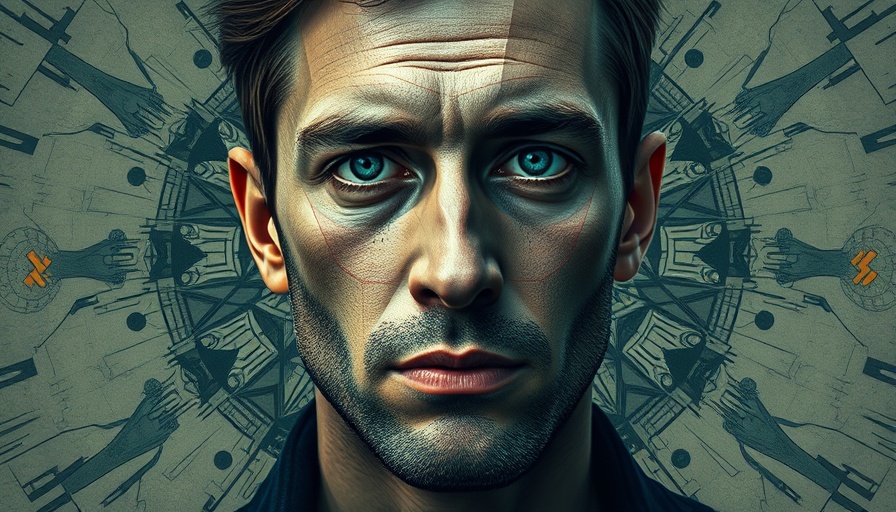
The Dawn of Quantum Music: What’s Next?
The landscape of music production is undergoing a transformative shift with the unveiling of the world's first song created by a quantum computer and AI. Titled "Recurse," this track emerges from a collaboration between the UK-based tech startup Moth and British electronic artist ILĀ. Dr. Ilana Wisby, CEO of Moth, has spotlighted this innovation as not merely a company milestone, but a pivotal moment for creative expression itself. The implications of such advancements could redefine the relationship between technology and artistry, raising pivotal questions about the essence of music creation.
Exploring the Technology Behind 'Recurse'
"Recurse" was crafted using Moth's innovative platform Archaeo, harnessing a method known as Quantum Reservoir Computing (QRC). This technology enables the identification of intricate patterns in music, significantly enhancing the generative capabilities compared to traditional AI tools. In this way, while machines typically churn out music by analyzing a substantial volume of data, Archaeo employs a more refined approach by learning from the unique sounds provided by ILĀ.
The Human Element: AI as a Collaborative Partner
What sets Moth apart from conventional AI music applications is its focus on collaboration. Unlike generative models that rely on vast datasets often collected without consent, Archaeo supports artists by working closely with their original sound samples to produce new creations. ILĀ remarked on this collaborative spirit, stating, "It feels very refreshing to use a technology that has been built to work with you — not simply replace you." This human-centric approach fosters not only innovation but also authenticity in the creative process.
What Does This Mean for the Future of Music?
The introduction of quantum-generated music invites a broader dialogue about the future of creativity and expression. As quantum technology continues to evolve and integrate into artistic fields, we may witness an explosion of new sounds and styles, driven by the unique characteristics of quantum computing that allow for faster learning and more nuanced outputs. This intersection of art and science poses provocative inquiries: Will we see new genres emerge? How will audiences react to music crafted in collaboration with AI and quantum processes? The answers may very well shape the future of music as we know it.
 Add Row
Add Row  Add
Add 




Write A Comment